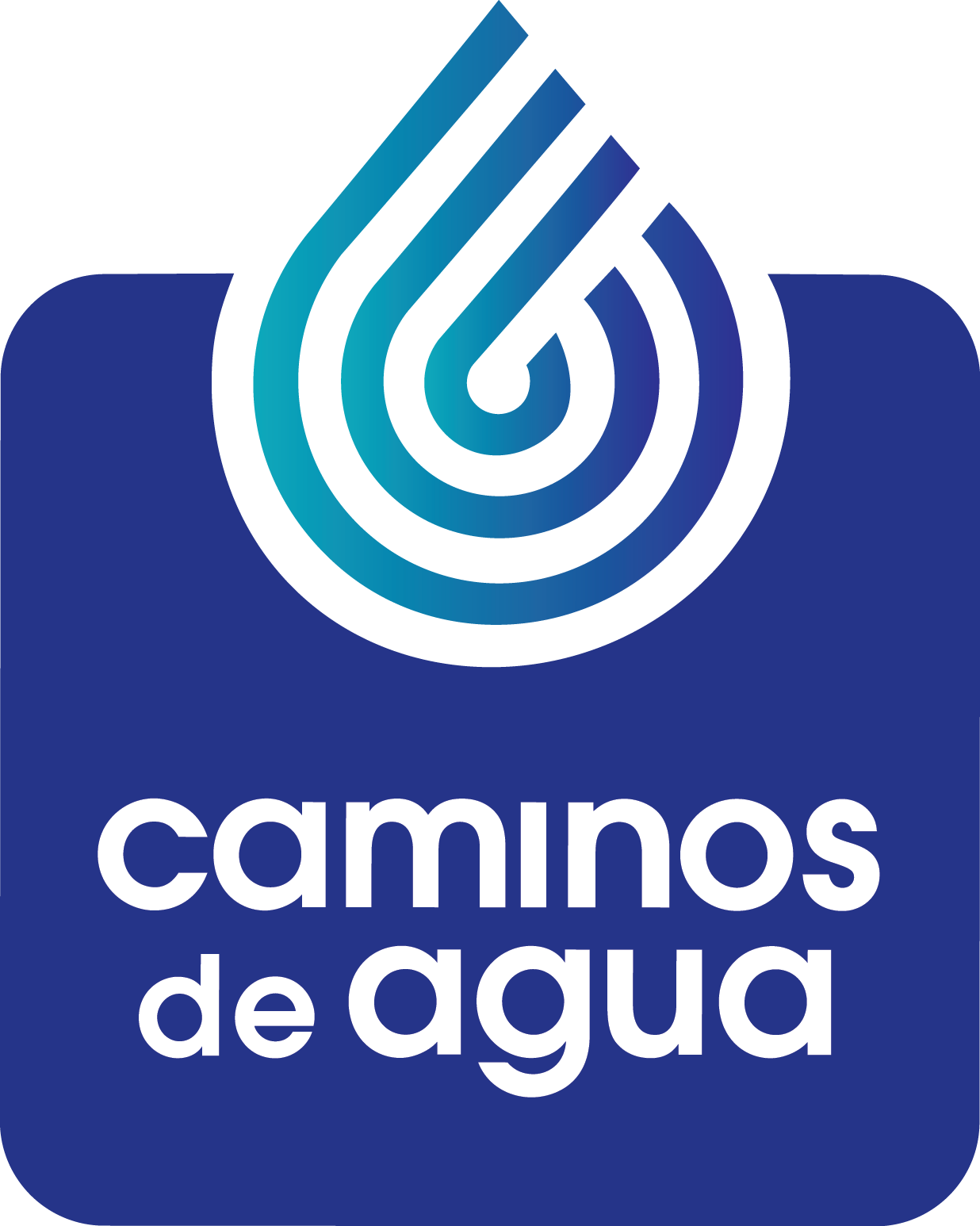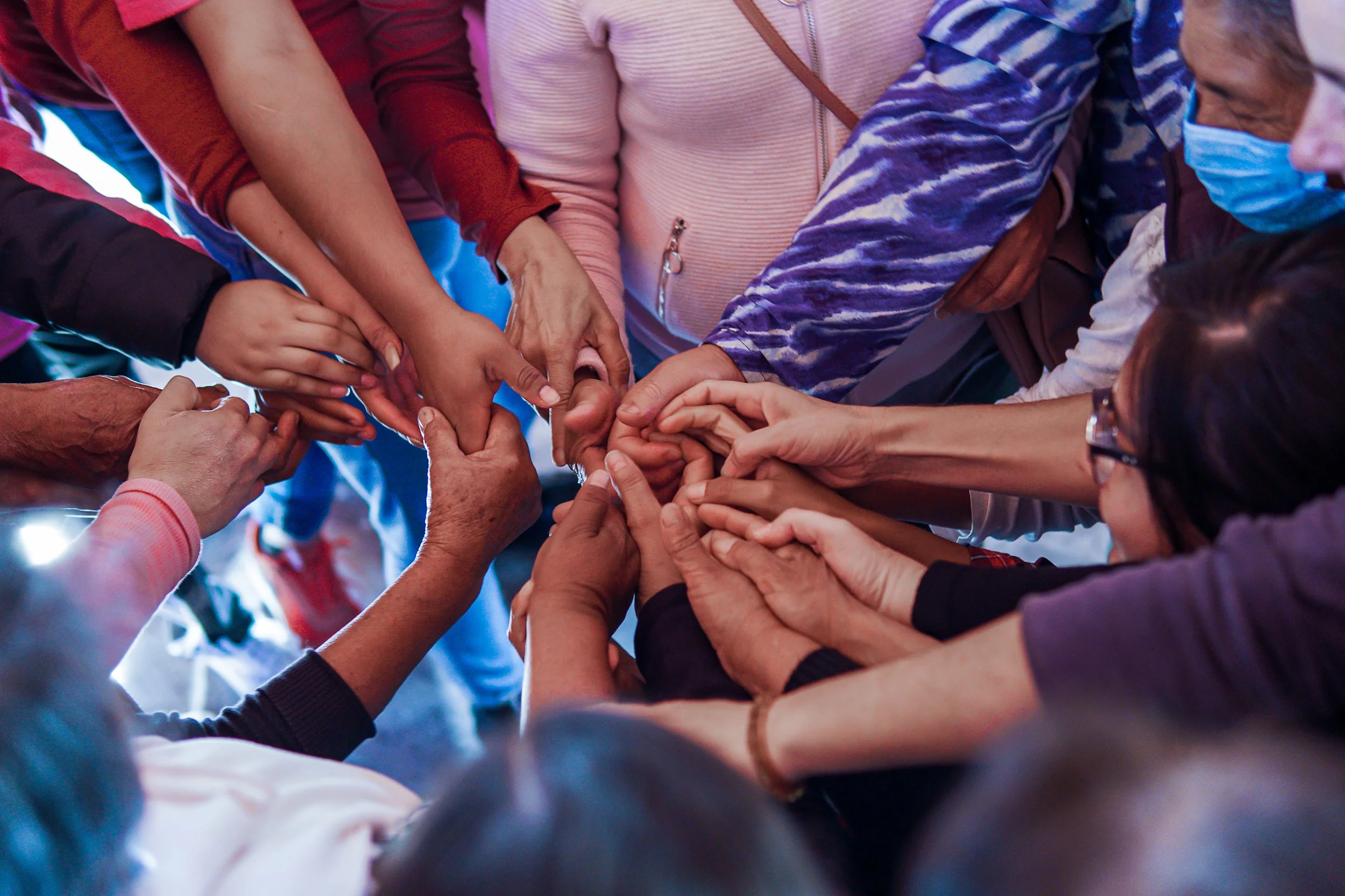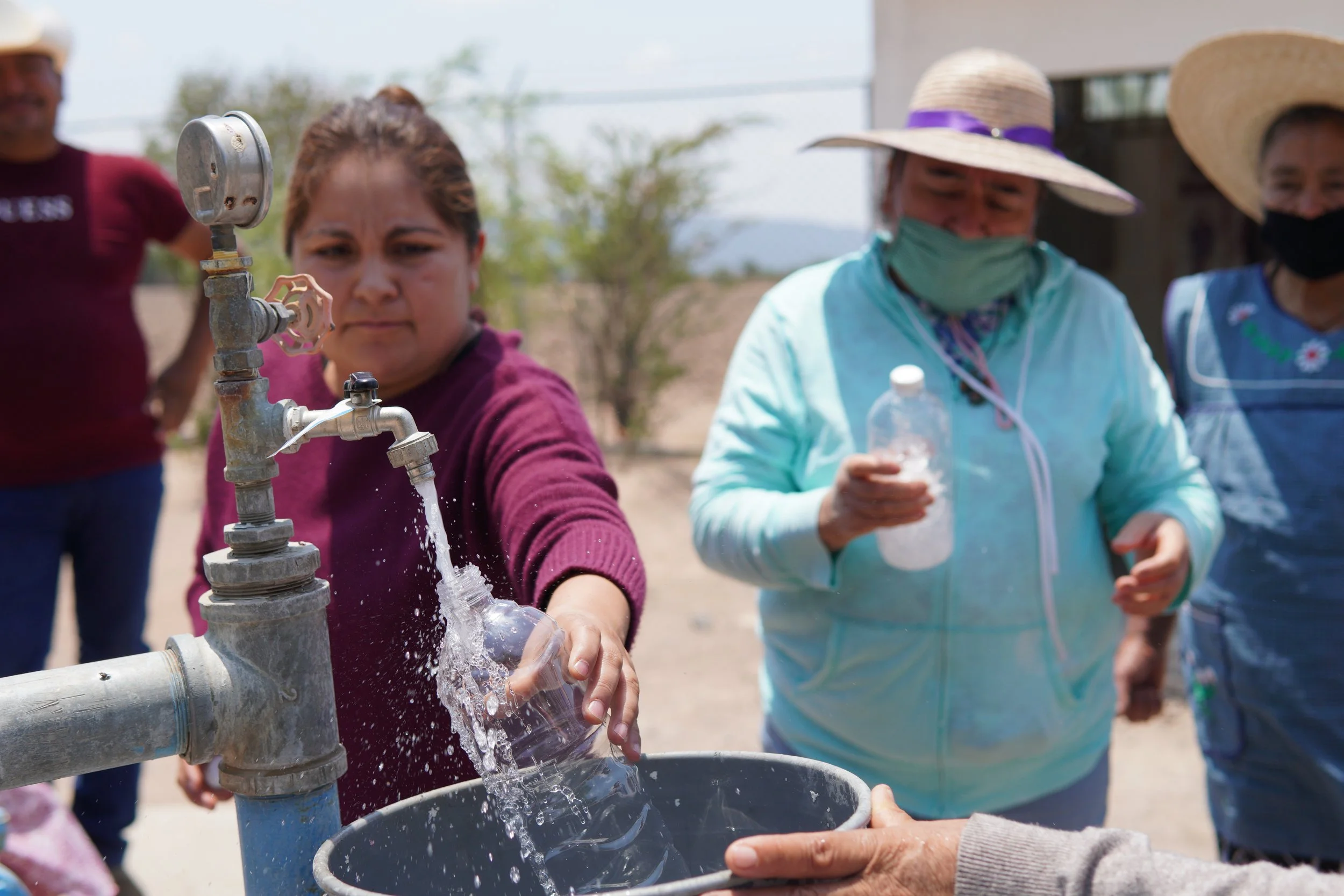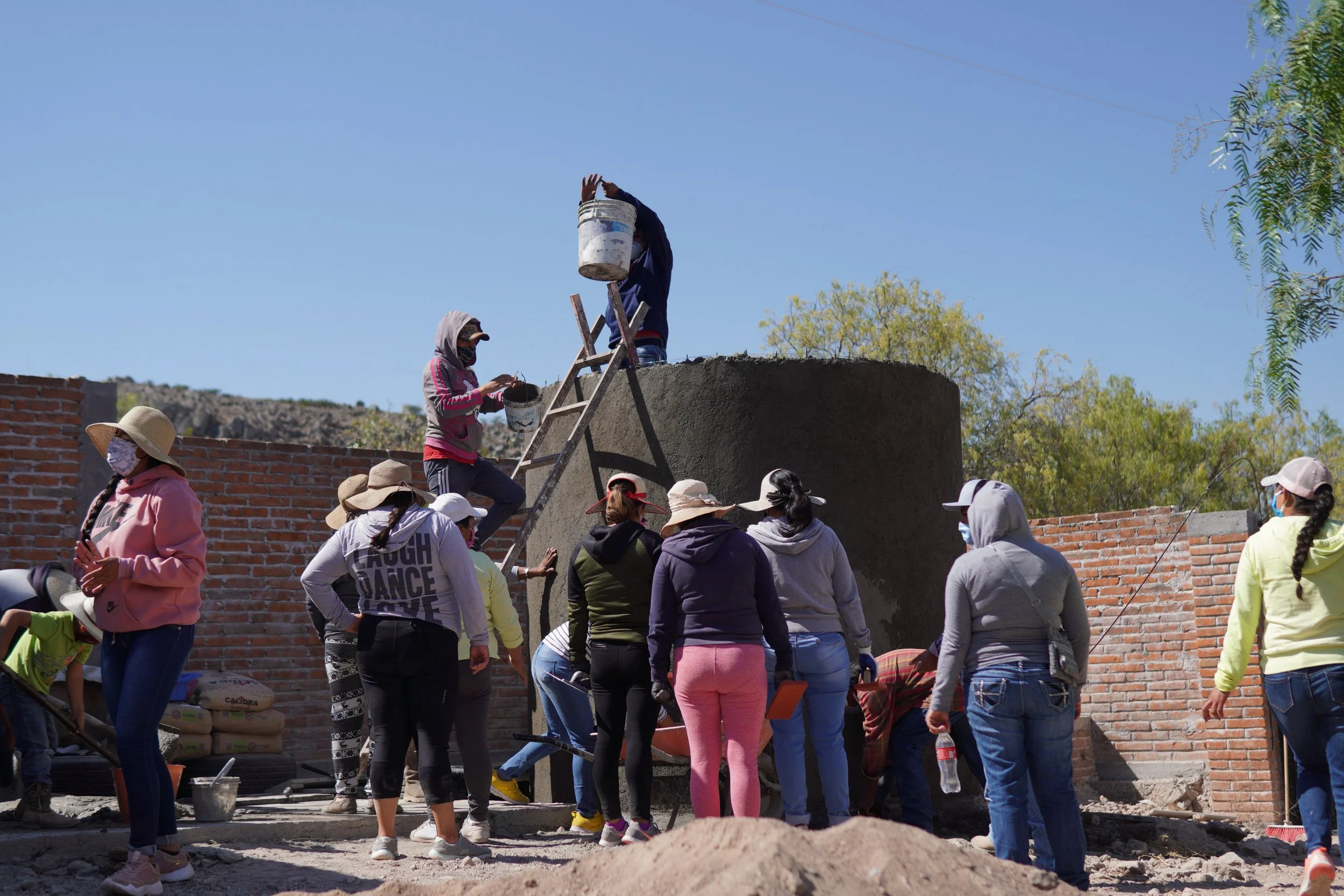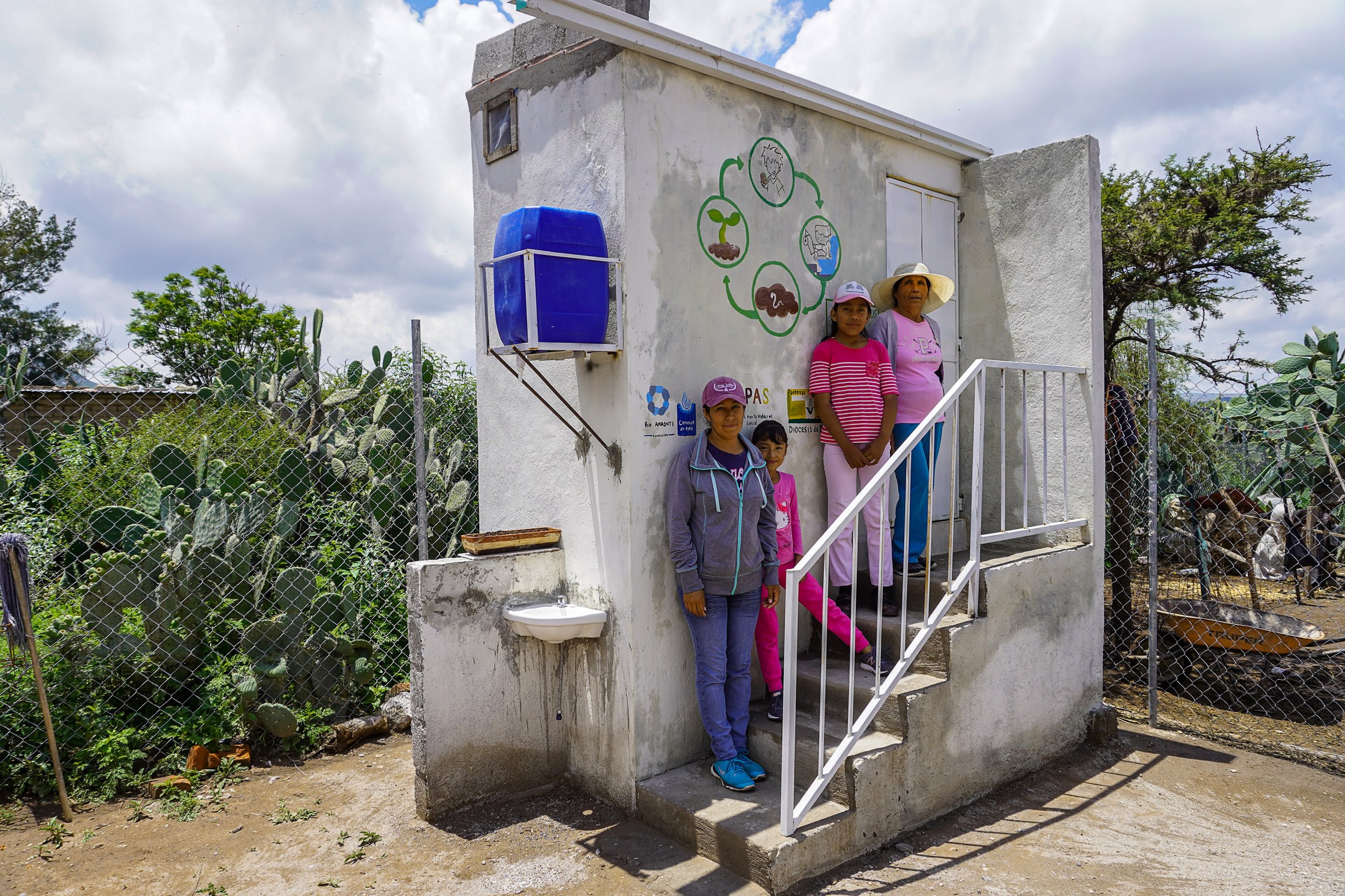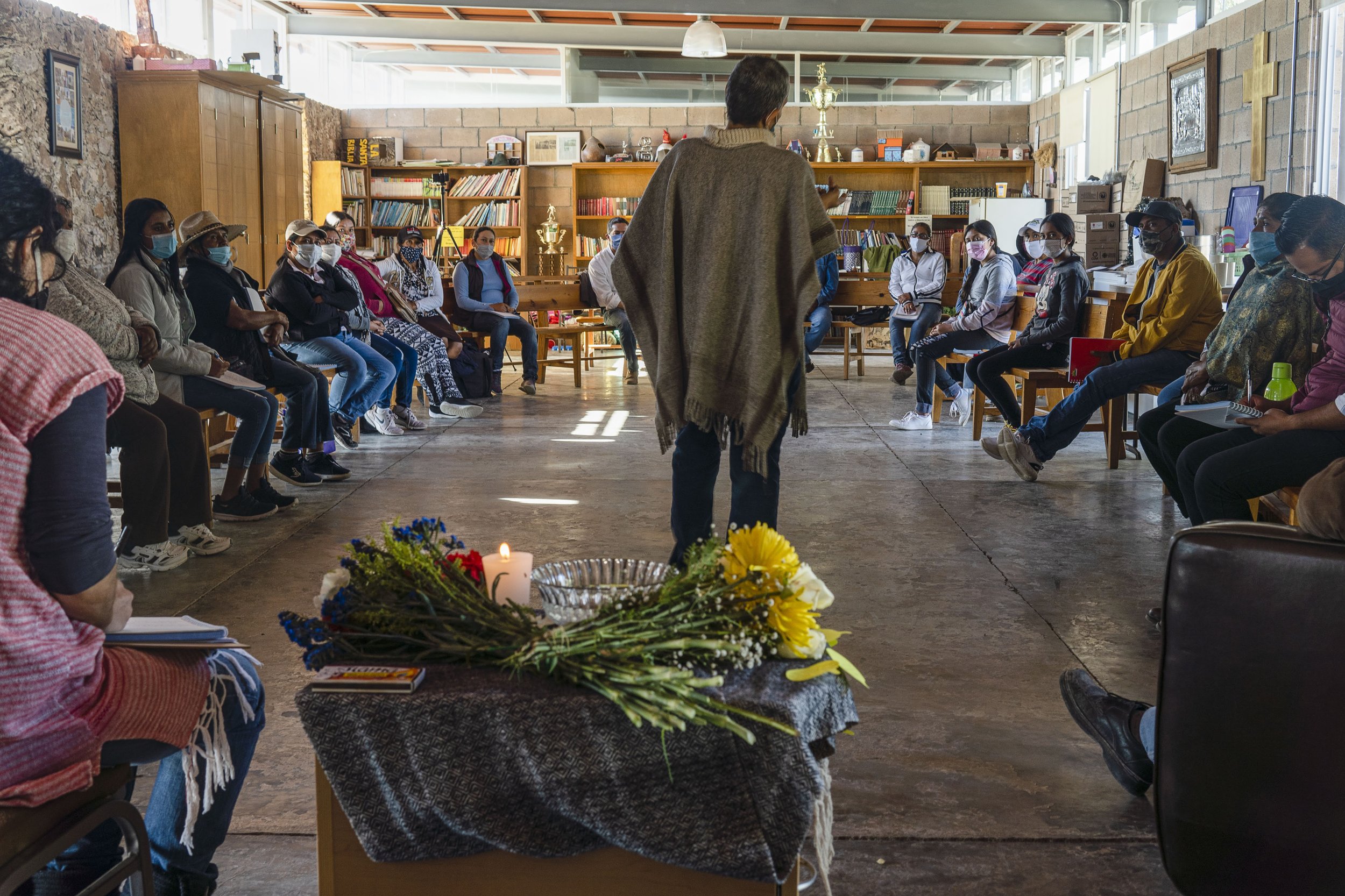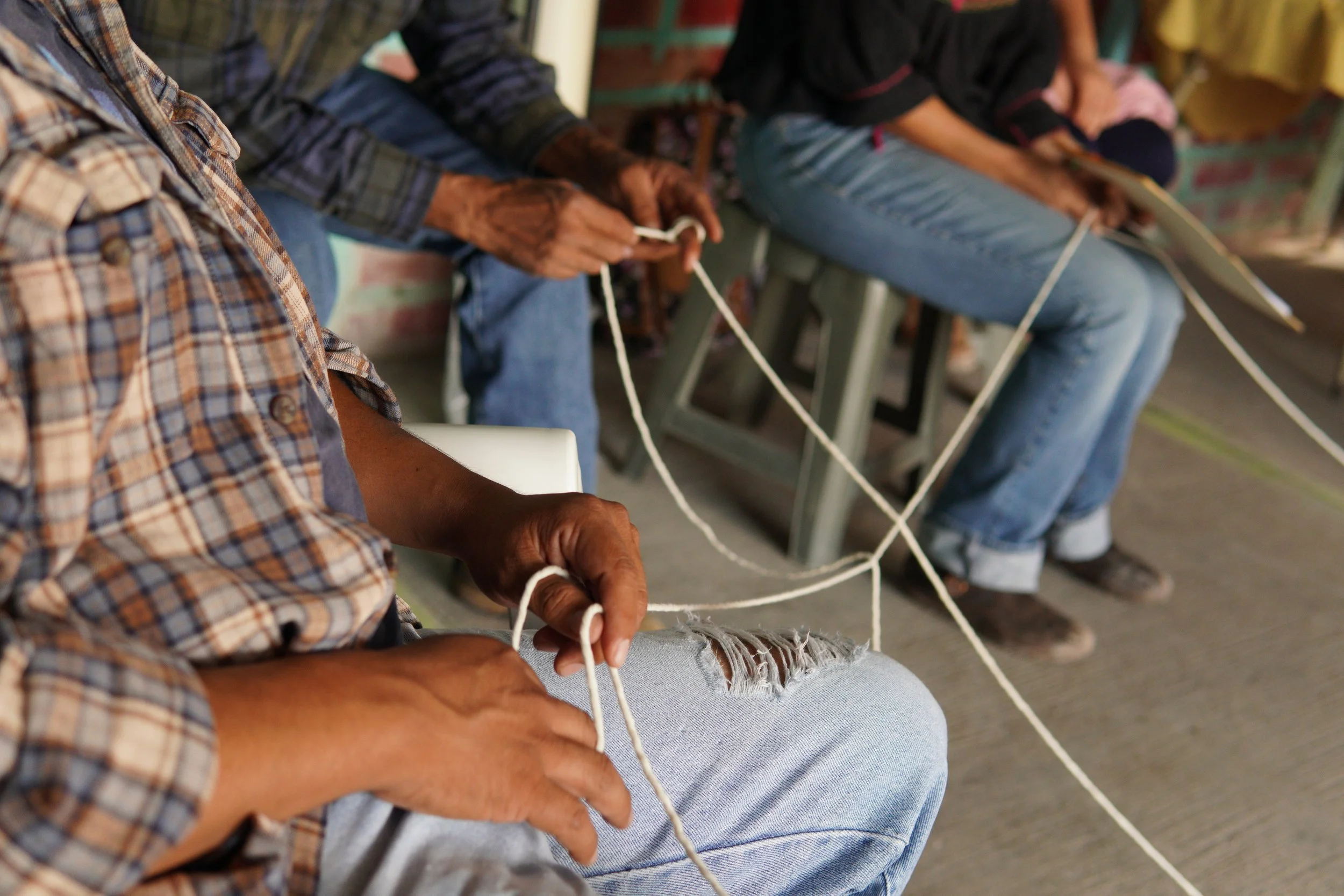Water & Health
Collaborating to create impact. Our most important project to date
Gonzalo Río Arronte Foundation is financing part of the most ambitious collaborative project that Caminos de Agua and INANA A.C. have initiated in the region to date. The project will serve 30 rural communities from 4 municipalities in the state of Guanajuato, Mexico that are most affected by groundwater contamination: Dolores Hidalgo, San Diego de la Unión, San Luis de la Paz and San Miguel de Allende. Over the span of 3 years, we will come together to reach our objectives through the following activities: educational monitoring of 20 wells; construction of 330 rainwater harvesting systems for human consumption (two models); construction of 30 dry toilets; training for the implementation of our ceramic filters and training in comprehensive watershed management for community promoters within a “Water Learning Community” (WLC) using narrative practices methodology. To achieve all this, the collaboration of many actors is necessary.
Educational monitoring
Construction of rainwater harvesting systems
Training for the implementation of our ceramic filters
Construction of 30 dry toilets
Training in comprehensive watershed management for community promoters within a “Water Learning Community” (WLC) using narrative practices methodology.
In the face of an imminent challenge presented by the water and environmental crisis we are experiencing in our watershed, today more than ever, collaborative work continues to be a privilege at Caminos de Agua. We fight to disseminate data and information, train in the construction of rainwater harvesting systems, and promote community organization. It is only by collaboration and by participation in a network that we can contribute to bringing awareness to confront the challenges faced by communities living in the rural Mexican countryside. Collaborating is not only supporting or being supported but also building, thinking and acting collectively towards the same goal — in this case, towards people and our relationship with water. By collaborating we join our knowledge, ultimately learning how to care for our communities and how to organize ourselves. Together we become stronger.
The joining together of actors was key for collaboration in this project. It arose with the commitment of each one: INANA, A.C., with its extensive experience as a civil association and authorized grantee, supported the formulation of the project, its administration and legal representation. To move forward with the activities, as well as design and plan the strategies in the communities, Caminos de Agua worked together with the grassroots organizations of San Luis de la Paz and San Diego de la Unión: CUVAPAS (Communities United for Life and Water, Pastoral Social ) and SECOPA (Servicios Comunitarios de Pozo Ademado) and San Cayetano Community Center, proposing a regional scope with the construction of technologies for clean and safe water. Thanks to their committed work spanning decades, these grassroots organizations coordinated the participation of the communities. CUVAPAS also recognized the desire of 30 families to go “one step further” by adopting ecological sanitation practices with dry toilets and brought in the assistance of a local private institution called Buena Tierra Foundation and a civil association called GAIA. Furthermore. San Diego de la Unión Municipality 2021-2024 assisted with the contribution of materials for the cisterns in communities of this municipality. For 30 RWH systems in San Miguel de Allende, Gto, we had the support of 3 organizations: Planet Buy Back, ALSTOM Foundation and Rotoplas, to benefit people from Los Ricos, Salitrillo and Presa Allende communities.
The San Cayetano community center and SECOPA will both provide the venues to create 12 “Water Learning Community” encounter for participants; including mothers of families benefiting from the project, members of the coalition Brotherhood of the Watershed (Hermandad de la Cuenca), young students from rural schools that have RWH systems, and the unstoppable community promoters of grassroots organizations.
We have realized the importance of optimizing the link and collaboration between Caminos de Agua and grassroots organizations. With experience in strengthening organizations and without imposing, INANA A.C. will be adding an educational component to these networks through the “Water Learning Community” and we are sure that they will produce strong results to deepen the work that we all are doing in the region.
The narrative practices methodology will be a guide to strengthen the work of community promotion in watershed management over the next three years, so as not to get lost in the world of actions and allow us to be able to distance ourselves, to facilitate the weaving of the collective voice. It will even support the process of monitoring the water quality of the twenty community wells that we will test.
The ideas and stories of the “Water Learning Community” will result in a collectively constructed book of words and narratives.
Coordinating this network of intentions is enormously rewarding.
Casilda Barajas Rocha
Caminos de Agua Education Coordinator
